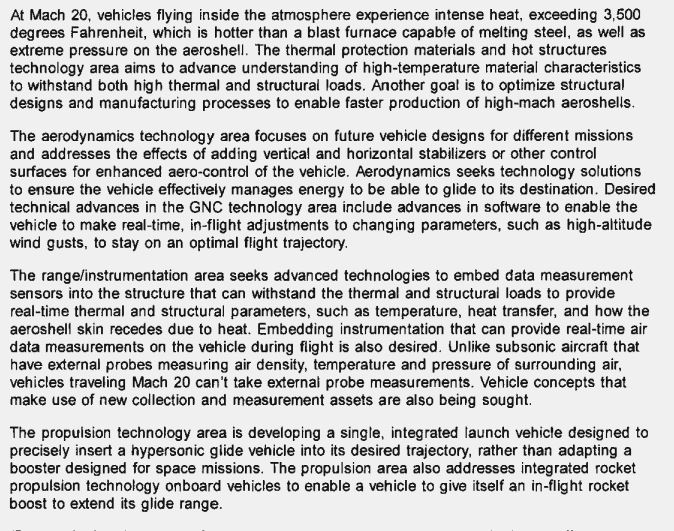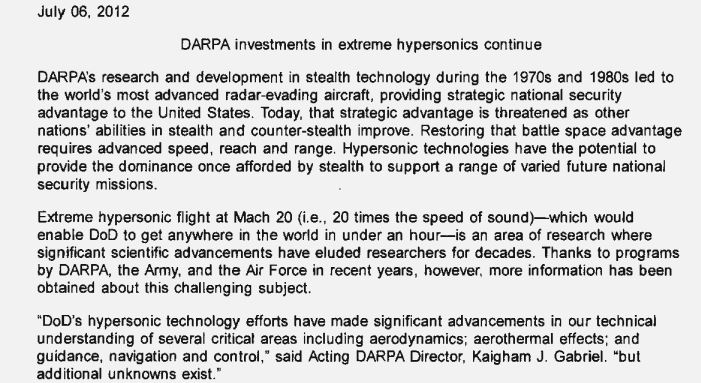Purchase No. 32009541542 stipulates the conduct of an integral part of research work with the code "Klevok-D2-Caliber". The topic is designated as "substantiation of the possibility of creating an interspecific long-range missile through the use of ramjet engines." Purchase No. 32009541559 launches the Klevok-D2-Airplane R&D midrange - “substantiation of the possibility of creating an interspecific long-range missile by optimizing the aerodynamic characteristics of the main stage with a ramjet engine”
"A missile with a ramjet engine must have a launch mass of no more than 150 kg and fit into a transport and launch container with an inner diameter of 207 mm. The product should consist of a sustainer stage and a 23Ya6 dumped starting engine, having a mass of approx. 67 kg. Payload - warhead length approx. 1,5 m and weighing 56,6 kg."
Assumptions are made that the Su-70 has a 4.6 meter by 1 meter internal weapons bay and that these missiles have folding wings, 1.5 meter payload length meaning remaining rocket with ramjet are both 1 meters. But lets say that the sustainer stage that was 130mm is also the version of the ramjet sustainer. so the ramjet body length with the payload length is 2.5 meters just for reference. That means on one internal weapons bay we stick 4 in the back move up by 1 meter, than assuming that we know have 130mm covered 2.5 meters and and up accounts for 520mm, means that we can stick 2 more 207mms 1 meter rocket boosters in there which now push the length to 4.5 meters? Meaning it can have 12 hypersonic air to ground 57 kg payloads to unload with a stealth profile and still travel far because of lightness of missiles?
Any agreements or suggestions would be nice if there are any to put here.



 LMFS
LMFS





